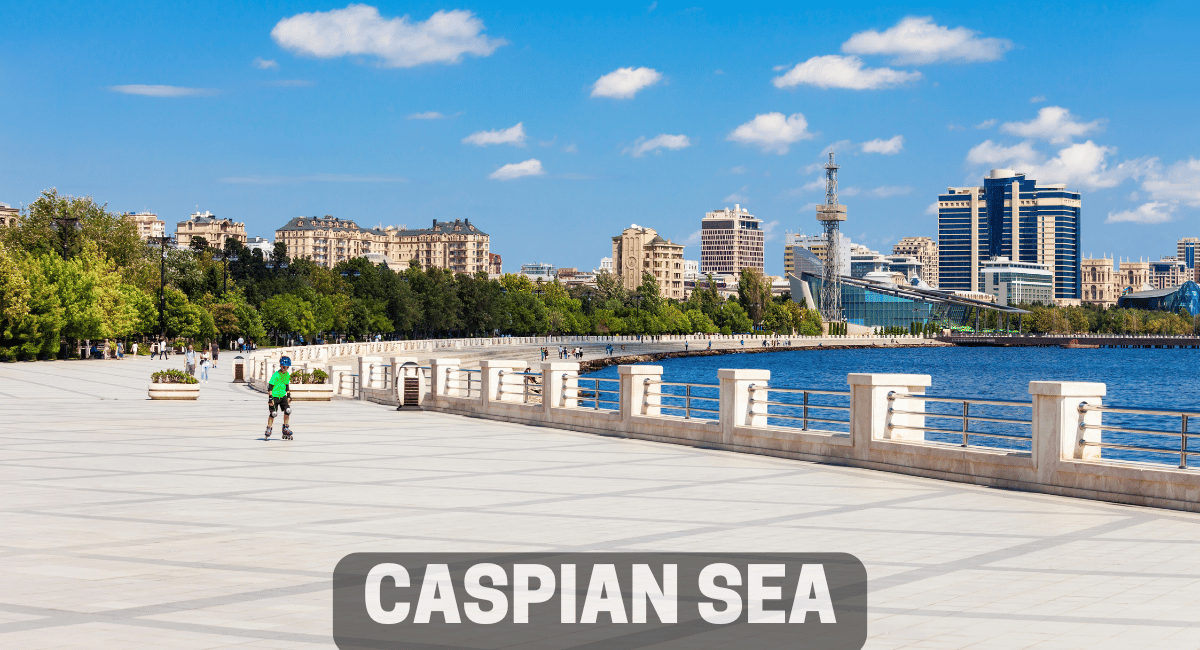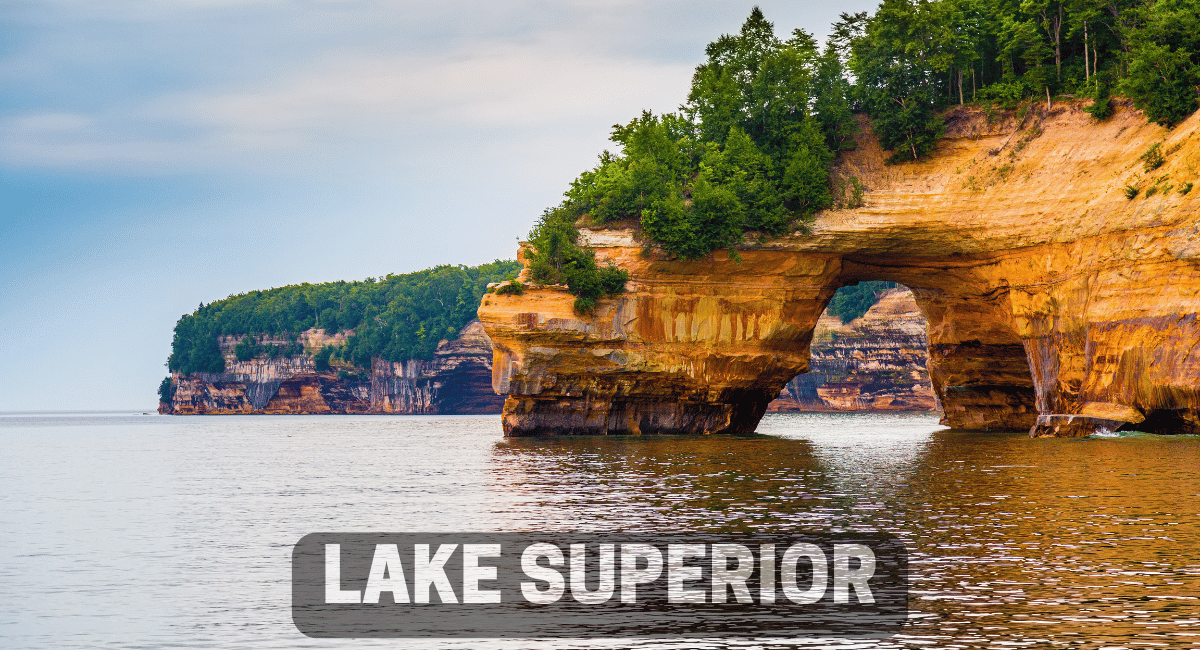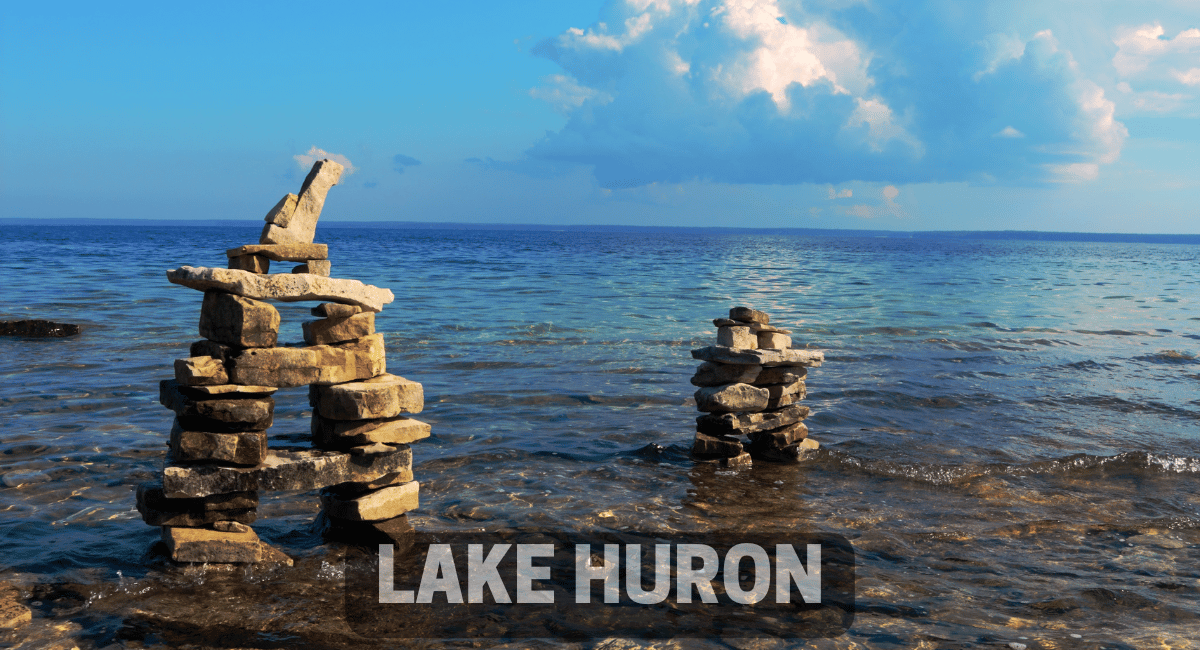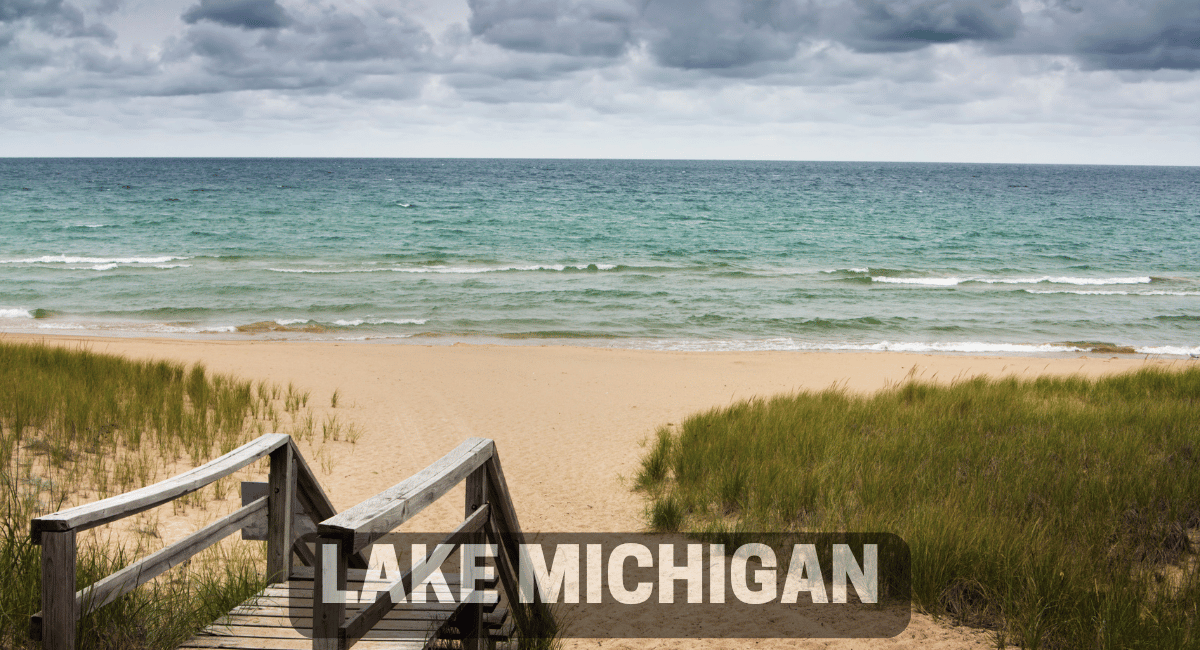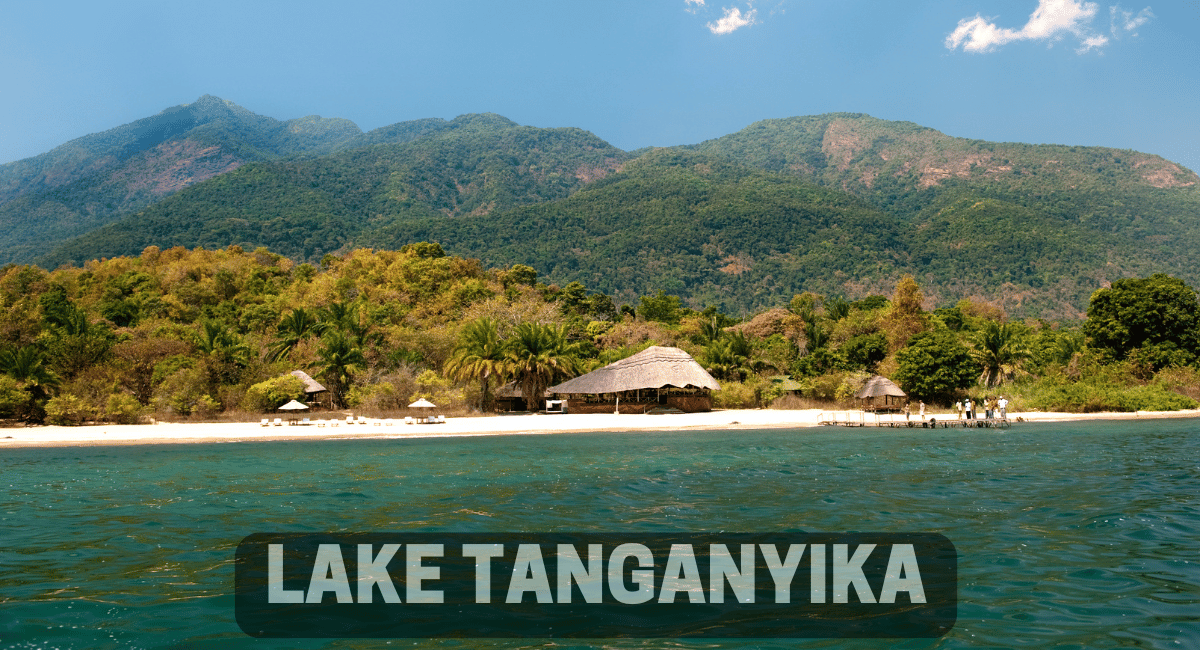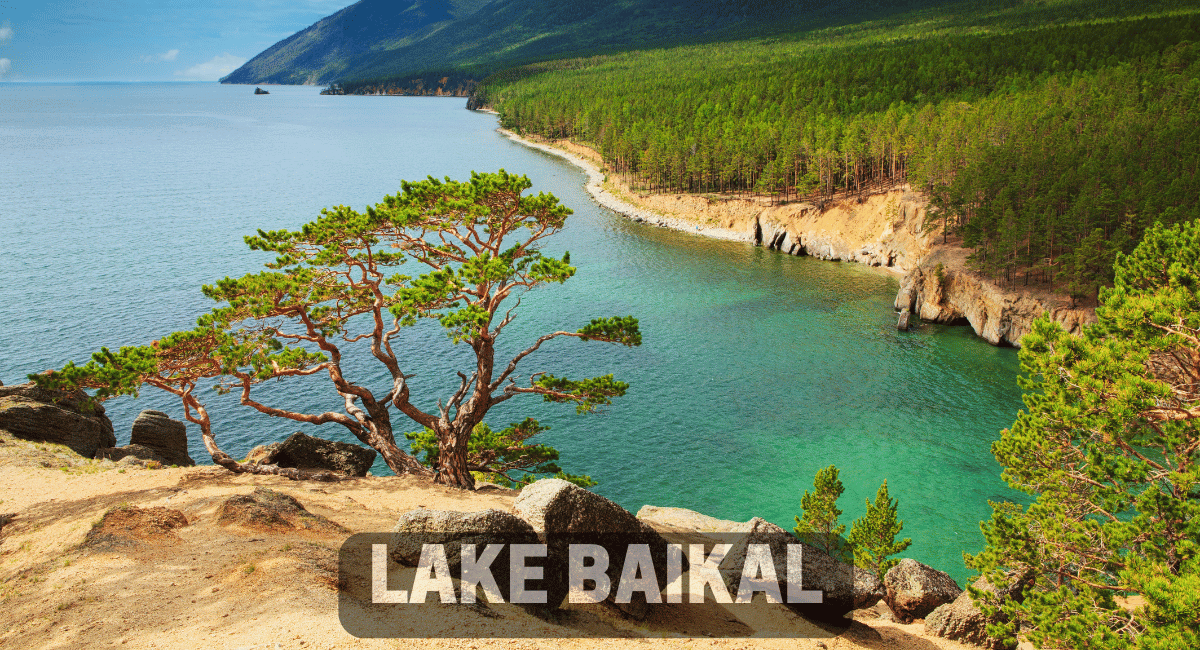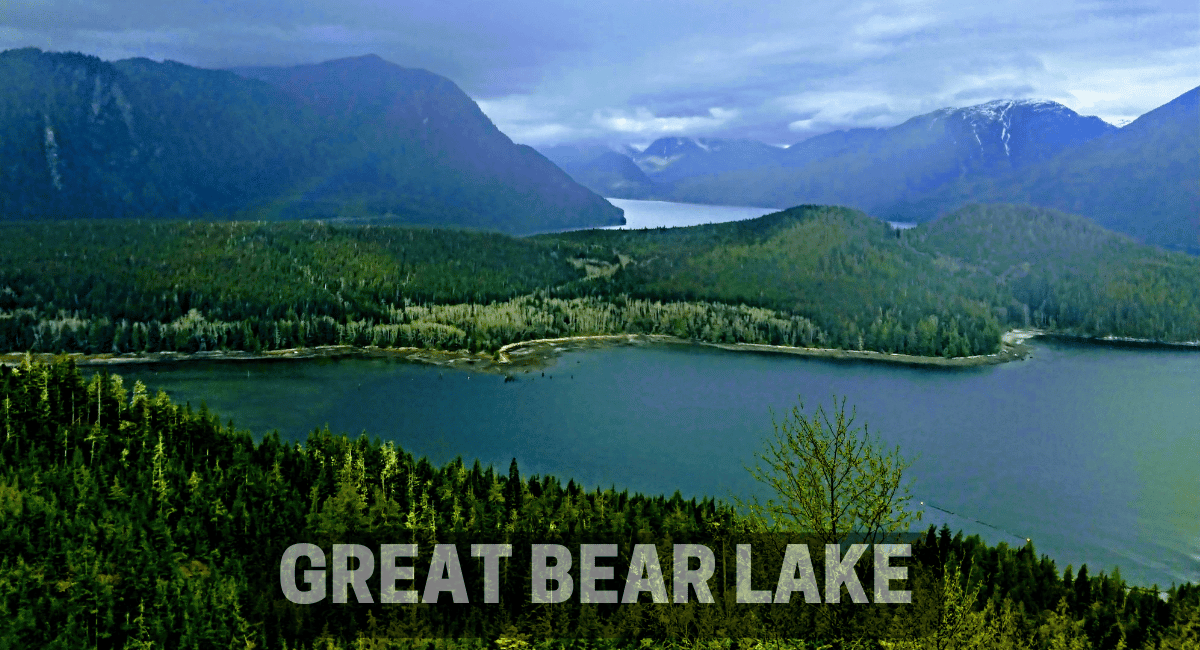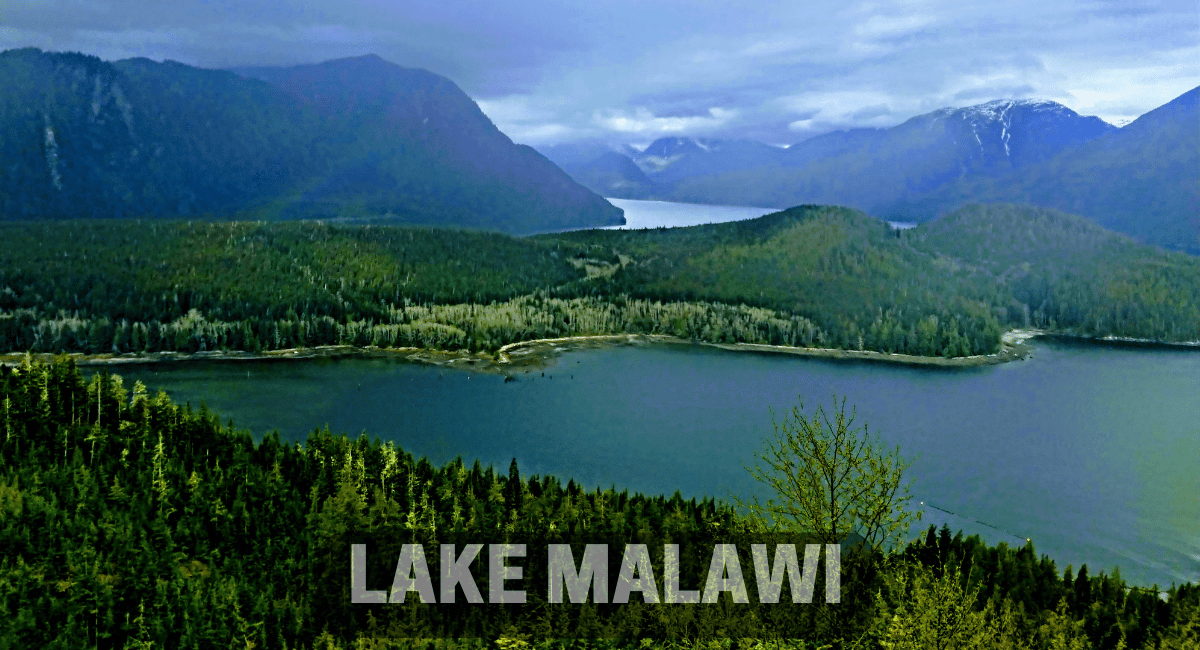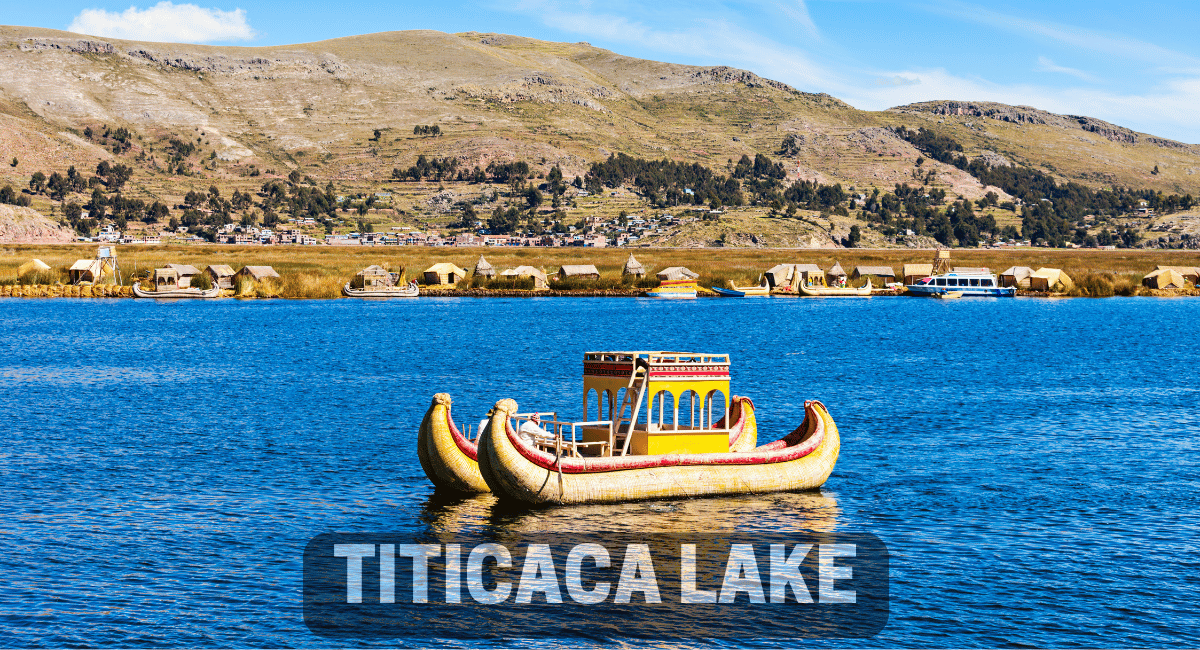Lakes are some of the most stunning and vital natural features on Earth, serving as crucial ecosystems and resources for wildlife and human populations alike. The Caspian Sea, which is technically the largest lake in the world, spans approximately 371,000 square kilometers (143,000 square miles) and is bordered by five countries. Not far behind is Lake Superior, the largest freshwater lake by surface area, covering about 82,100 square kilometers (31,700 square miles) in North America. Other significant lakes include Lake Victoria, Africa’s largest lake, and Lake Huron, known for its extensive shoreline and beautiful islands. These lakes provide critical habitats for diverse flora and fauna, support local economies through fishing and tourism, and serve as important water sources for surrounding communities.
Additionally, Lake Tanganyika, one of the deepest lakes in the world, and Lake Baikal, renowned for its remarkable clarity and biodiversity, showcase the ecological importance of these vast bodies of water. Great Bear Lake in Canada and Lake Malawi in Africa are also among the largest lakes, known for their pristine environments and unique species. Finally, Lake Titicaca, perched high in the Andes, is celebrated as the highest navigable lake in the world, rich in cultural heritage. Together, these lakes highlight the diverse landscapes and ecosystems found across the globe, emphasizing their significance not only as natural wonders but also as essential resources for millions of people.
Top 10 Largest Lakes in the World
1. Caspian Sea

The Caspian Sea is the largest enclosed inland body of water on Earth, boasting an impressive surface area of approximately 371,000 square kilometers (143,000 square miles). Despite its name, it is classified as a lake due to its saltwater content and lack of direct connection to the world’s oceans. Bordered by five countries—Russia, Kazakhstan, Turkmenistan, Iran, and Azerbaijan—the Caspian Sea is a vital resource for the region, supporting diverse ecosystems and providing livelihoods for millions. The sea’s unique geography features a mix of saline and freshwater, creating a rich habitat for a variety of species, including the Caspian seal, one of the few freshwater seal species in the world, and various sturgeon species known for their prized caviar.
In addition to its ecological significance, the Caspian Sea plays a crucial role in regional economies and geopolitics. It is a hub for the fishing industry, particularly for sturgeon, which are highly sought after for their roe. The surrounding countries also rely on the sea for transportation and trade, utilizing its waterways for shipping goods. Environmental challenges, such as pollution and habitat degradation, pose significant threats to the Caspian Sea’s biodiversity and the communities that depend on its resources. Efforts are being made to address these challenges through international cooperation and sustainable management practices, highlighting the need to protect this unique body of water for future generations.
2. Lake Superior

Lake Superior, the largest of North America’s Great Lakes, holds the title of the world’s largest freshwater lake by surface area, spanning approximately 82,100 square kilometers (31,700 square miles). Nestled between the United States and Canada, it boasts a vast and diverse ecosystem, making it a crucial habitat for numerous species of fish, birds, and other wildlife. Known for its stunning natural beauty, Lake Superior features rocky shorelines, sandy beaches, and dramatic cliffs, attracting outdoor enthusiasts and nature lovers alike. The lake’s crystal-clear waters are famous for their remarkable clarity, often allowing visibility of up to 30 meters (100 feet) below the surface, and it is home to a variety of fish species, including lake trout, whitefish, and northern pike.
Beyond its ecological significance, Lake Superior plays a vital role in the cultural and economic lives of the surrounding communities. The lake is an essential hub for commercial shipping, with major ports like Duluth and Thunder Bay facilitating trade and transportation. Recreational activities such as boating, fishing, hiking, and camping thrive along its shores, with several state and provincial parks offering stunning views and outdoor adventures. Additionally, the lake is steeped in history, with Indigenous peoples having lived in the region for thousands of years and European explorers navigating its waters since the 17th century. Today, Lake Superior continues to be a symbol of natural beauty and a vital resource for the people and wildlife that depend on it.
3. Lake Victoria

Lake Victoria, located in East Africa, is the largest lake on the continent and the second-largest freshwater lake in the world by surface area, covering approximately 68,800 square kilometers (26,600 square miles). It is bordered by three Most Beautiful Countries in the World : Uganda, Tanzania, and Kenya. Renowned for its stunning scenery, Lake Victoria is often described as a jewel of East Africa, with its sparkling waters surrounded by lush landscapes and vibrant wildlife. The lake is a vital resource for millions of people, providing freshwater, supporting local fishing industries, and serving as a crucial transportation route. Its islands, such as the Ssese Islands in Uganda, are popular tourist destinations, attracting visitors with their beautiful beaches and unique ecosystems.
However, Lake Victoria faces significant environmental challenges, primarily due to pollution, invasive species, and climate change. The introduction of the Nile perch, for instance, has led to a dramatic decline in native fish species, disrupting the lake’s delicate ecosystem. Additionally, urbanization and agricultural runoff have contributed to the deterioration of water quality. Despite these challenges, conservation efforts are underway to protect and restore the lake’s health and biodiversity. Community-based initiatives and sustainable fishing practices are being promoted to ensure that Lake Victoria continues to be a vital resource for generations to come. As the lifeblood of the surrounding regions, Lake Victoria remains a symbol of natural beauty and ecological importance in East Africa.
4. Lake Huron

Lake Huron, the second-largest of North America’s Great Lakes by surface area, spans approximately 59,570 square kilometers (22,300 square miles) and is renowned for its breathtaking beauty and diverse ecosystems. Located between the United States and Canada, Lake Huron boasts an extensive shoreline, with over 3,800 kilometers (2,400 miles) of coast, including the picturesque Tobermory and the Bruce Peninsula. The lake is dotted with numerous islands, the largest being Manitoulin Island, recognized as the world’s largest freshwater island. Lake Huron is characterized by its clear, blue waters, sandy beaches, and rocky cliffs, making it a popular destination for recreational activities such as boating, fishing, swimming, and hiking.
Ecologically, Lake Huron supports a rich variety of wildlife, including over 130 species of fish, such as lake trout and perch, as well as numerous migratory birds that flock to the area. The lake’s health is crucial to the surrounding communities, providing essential resources for local economies and serving as a habitat for various aquatic species. Conservation efforts are in place to protect the lake’s water quality and natural habitats from pollution and invasive species. As one of the most picturesque lakes in North America, Lake Huron continues to captivate visitors with its stunning landscapes, recreational opportunities, and ecological significance, making it a treasured gem within the Great Lakes region.
5. Lake Michigan

Lake Michigan, the only Great Lake located entirely within the United States, covers an area of approximately 57,757 square kilometers (22,300 square miles). Bordered by four states—Illinois, Indiana, Wisconsin, and Michigan—this expansive freshwater lake is renowned for its stunning beaches, vibrant cities, and diverse recreational opportunities. Major cities like Chicago, Milwaukee, and Gary sit along its shores, providing a bustling urban backdrop against the lake’s natural beauty. The lake’s vast shoreline features a mix of sandy beaches, scenic parks, and picturesque lighthouses, making it a popular destination for tourists and locals alike, especially during the summer months.
Lake Michigan is not only a hub for recreational activities like swimming, sailing, and fishing, but it also plays a vital role in the region’s ecosystem and economy. The lake is home to various fish species, including lake trout, salmon, and perch, which support both commercial and sport fishing industries. Additionally, the surrounding areas are rich in wildlife, making it an excellent location for birdwatching and nature exploration. With its striking landscapes and recreational amenities, Lake Michigan remains a cherished natural resource, offering a perfect blend of urban culture and outdoor adventure for those who visit or reside along its shores.
6. Lake Tanganyika

Lake Tanganyika, nestled between four African countries—Burundi, Democratic Republic of the Congo, Tanzania, and Zambia—is one of the largest and deepest freshwater lakes in the world. Stretching approximately 673 kilometers (418 miles) long and covering an area of about 32,900 square kilometers (12,700 square miles), it is known for its incredible depth, reaching up to 1,470 meters (4,823 feet). The lake is part of the East African Rift system and boasts unique geological features, including steep slopes and rocky shorelines. Its clear waters and remarkable biodiversity make it a vital ecosystem, home to over 1,500 species of fish, many of which are endemic to the lake, such as the vibrant cichlids.
The significance of Lake Tanganyika extends beyond its natural beauty; it plays a crucial role in the livelihoods of millions of people living along its shores. The lake supports local fishing industries and provides water for drinking and agriculture. Additionally, the surrounding areas offer opportunities for ecotourism, attracting visitors eager to explore its stunning landscapes and rich wildlife. However, Lake Tanganyika faces environmental challenges, including pollution, overfishing, and the impacts of climate change, which threaten its delicate ecosystems. Conservation efforts are essential to preserve this extraordinary lake, ensuring it continues to sustain both the local communities and the diverse wildlife that call it home.
7. Lake Baikal

Lake Baikal, located in Siberia, Russia, is the world’s deepest and oldest freshwater lake, reaching depths of approximately 1,642 meters (5,387 feet) and estimated to be around 25 million years old. Covering an area of about 31,500 square kilometers (12,300 square miles), Baikal is not only known for its remarkable depth but also for its exceptional clarity and unique ecosystem. The lake is home to over 1,700 species of plants and animals, two-thirds of which can be found nowhere else on Earth, including the famous Baikal seal. Its crystal-clear waters, which can reach depths where sunlight barely penetrates, create a striking contrast against the surrounding snow-capped mountains and lush forests, making it a breathtaking destination for nature lovers and adventure seekers alike.
In addition to its natural beauty, Lake Baikal holds significant cultural and historical importance. It has been revered by local indigenous peoples, such as the Buryat, for centuries, and is considered a sacred site. The area surrounding the lake is a UNESCO World Heritage Site, recognized for its unique geological features and biodiversity. Visitors can enjoy a range of activities, from hiking and camping along the scenic shores to exploring the ice-covered lake during winter. Baikal’s rich flora and fauna, combined with its stunning landscapes and cultural heritage, make it a remarkable destination that continues to capture the fascination of scientists, travelers, and conservationists from around the world.
8. Great Bear Lake
Great Bear Lake, located in the Northwest Territories of Canada, is the largest lake entirely within the country and the fourth-largest lake in North America, covering approximately 31,328 square kilometers (12,192 square miles). This pristine body of water is renowned for its stunning natural beauty, characterized by its clear blue waters, surrounding rugged landscapes, and diverse ecosystems. The lake is fed by several rivers and streams, and its catchment area is home to a variety of wildlife, including caribou, moose, and numerous bird species. Great Bear Lake is also significant to the indigenous Dene people, who have lived in harmony with the land for thousands of years, relying on the lake’s resources for fishing and hunting.
The lake offers a range of recreational activities, attracting outdoor enthusiasts and adventure seekers alike. Known for its excellent fishing opportunities, Great Bear Lake is famous for its lake trout, Arctic grayling, and northern pike, making it a popular destination for anglers. In addition to fishing, visitors can enjoy hiking, boating, and camping in the surrounding wilderness, where breathtaking views and a serene atmosphere provide the perfect escape from urban life. The region’s unique geology and rich cultural history further enhance its allure, making Great Bear Lake a remarkable destination for those seeking to experience Canada’s natural wonders.
9. Lake Malawi

Lake Malawi, also known as Lake Nyasa, is one of Africa’s largest and most remarkable lakes, covering approximately 29,600 square kilometers (11,400 square miles). It is bordered by three countries: Malawi, Mozambique, and Tanzania. Renowned for its stunning clear waters and diverse ecosystems, Lake Malawi is home to over 1,000 species of fish, many of which are endemic, particularly the colorful cichlids. The lake’s unique biodiversity has made it a focal point for scientific research and conservation efforts, as well as a vital resource for local communities relying on fishing for their livelihoods. The surrounding landscapes feature beautiful beaches, rolling hills, and lush vegetation, making it a popular destination for tourists seeking both adventure and relaxation.
In addition to its ecological significance, Lake Malawi holds a rich cultural heritage, with many fishing communities and traditional villages lining its shores. The lake provides essential resources for these communities, including fish for food and income, as well as fresh water for drinking and agriculture. Visitors to Lake Malawi can enjoy various recreational activities, such as snorkeling, diving, and sailing, allowing them to explore its vibrant underwater life. The lake is also known for its warm climate, making it an inviting destination year-round. With its breathtaking beauty and rich biodiversity, Lake Malawi continues to be a source of inspiration and a vital resource for the people who call its shores home.
10. Titicaca Lake

Lake Titicaca, situated high in the Andes Mountains on the border of Peru and Bolivia, is renowned as the largest lake in South America and the highest navigable lake in the world, sitting at an elevation of approximately 3,812 meters (12,507 feet) above sea level. Covering around 8,372 square kilometers (3,232 square miles), Lake Titicaca is a stunningly beautiful body of water, often described as the “jewel of the Andes.” Its deep blue waters, surrounded by majestic mountains and ancient ruins, make it a significant cultural and natural landmark. The lake is home to several indigenous communities, including the Uros people, who inhabit floating islands made of totora reeds. These unique islands are not only a testament to the ingenuity of the Uros but also offer visitors a glimpse into their rich cultural heritage and traditional way of life.
Lake Titicaca is not only a vital water source for local communities but also a hub for biodiversity, supporting a variety of fish species, including the endemic Titicaca water frog. The lake’s ecosystem is crucial for the livelihood of the surrounding populations, who engage in fishing and agriculture. Tourists flock to Lake Titicaca for its breathtaking scenery, cultural experiences, and opportunities for outdoor activities such as boating, hiking, and exploring the nearby islands of Taquile and Amantani. The lake is steeped in mythology and history, often referred to as the birthplace of the Inca civilization, further enhancing its allure as a destination for travelers seeking to connect with both nature and culture.
